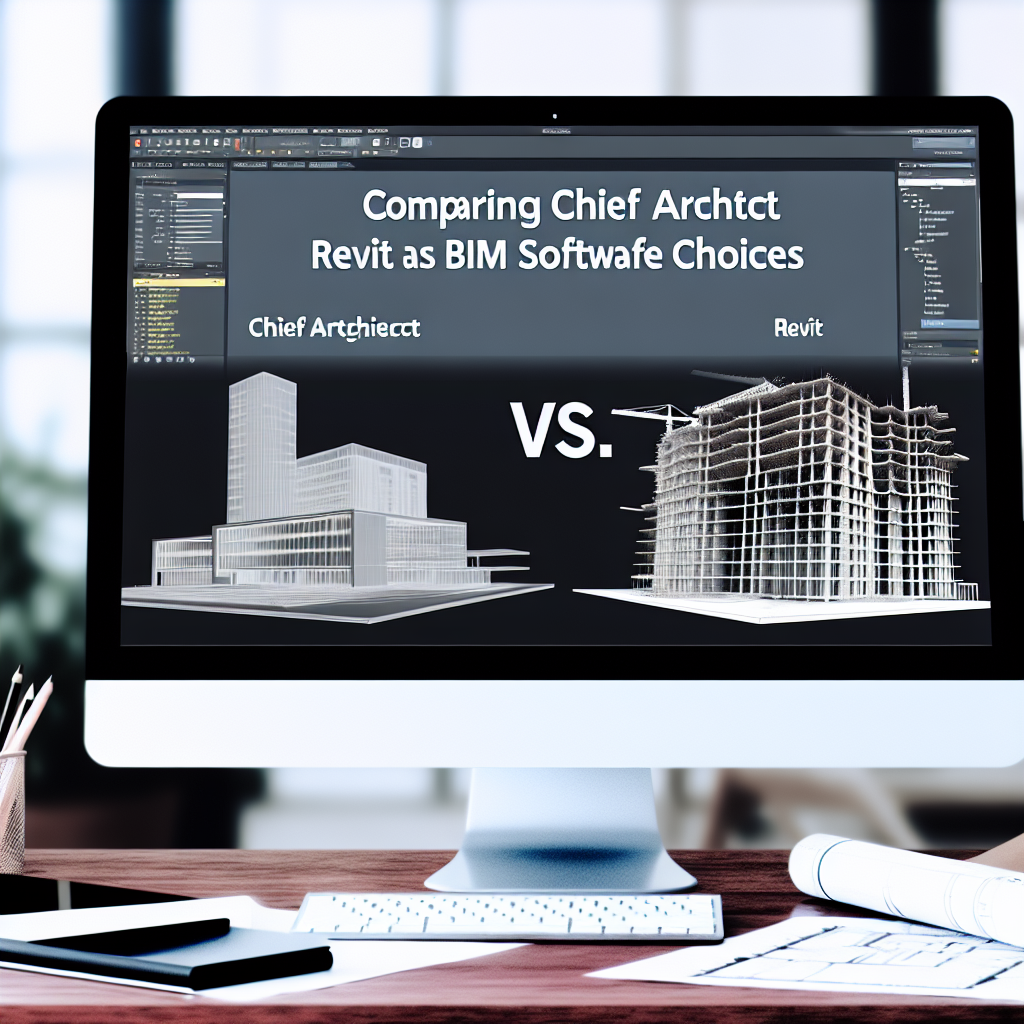Choosing the right Building Information Modeling (BIM) software is crucial for architects and engineers aiming for efficiency, accuracy, and collaboration. As 2025 approaches, many professionals are weighing **Chief Architect** against **Revit** to determine which platform best meets their project needs. In this article, we’ll explore their features, strengths, and suitability for today’s design environment.
Understanding Core Features and Intended Users
Chief Architect has traditionally been recognized as a powerful design tool primarily targeted at residential design, interior design, and small to medium-sized projects. Its user-friendly interface simplifies the modeling process, making it particularly popular among home builders, interior designers, and independent architects. Chief Architect excels in furnishing detailed 3D visualizations, construction drawings, and material lists with minimal learning curve.
In contrast, Revit, developed by Autodesk, is a comprehensive BIM platform used extensively across commercial, infrastructure, and complex architectural projects. It provides advanced parametric modeling capabilities, enabling detailed coordination among multidisciplinary teams. Revit not only assists in creating precise models but also integrates seamlessly with other Autodesk tools like AutoCAD, Navisworks, and Civil 3D, fostering an interconnected workflow tailored for large-scale projects.
Choosing the Best BIM Tool in 2025
When considering which BIM software is the *best* for architects and engineers today, several factors come into play:
- Project Complexity and Scale: For smaller, residential, or interior projects where rapid visualization and ease of use are vital, Chief Architect offers a straightforward solution that accelerates design timelines and helps clients visualize concepts effectively.
- Collaboration and Multi-disciplinary Coordination: For larger, more complex developments requiring integrated models across disciplines, Revit stands out with its robust parametric system, shared families, and cloud collaboration features.
- Learning Curve and User Experience: Chief Architect’s intuitive interface makes it ideal for architects new to BIM or those looking for quick project turnaround, while Revit demands a steeper learning curve but offers unparalleled flexibility and control.
In 2025, the decision often hinges on the specific demands of your projects. Architects focusing on residential or small commercial buildings might find Chief Architect more aligned with their needs, while engineering firms or large architectural practices benefit from Revit’s scalability, detailed documentation, and collaborative tools.
Conclusion
Ultimately, both Chief Architect and Revit are powerful BIM tools, each excelling in different areas. For smaller-scale design and rapid visualization, Chief Architect remains the preferred choice due to its ease of use and focused features. Conversely, Revit’s extensive capabilities make it indispensable for complex, collaborative projects. By evaluating your project scope, team size, and workflow needs, you can choose the best BIM platform for 2025 and beyond.
